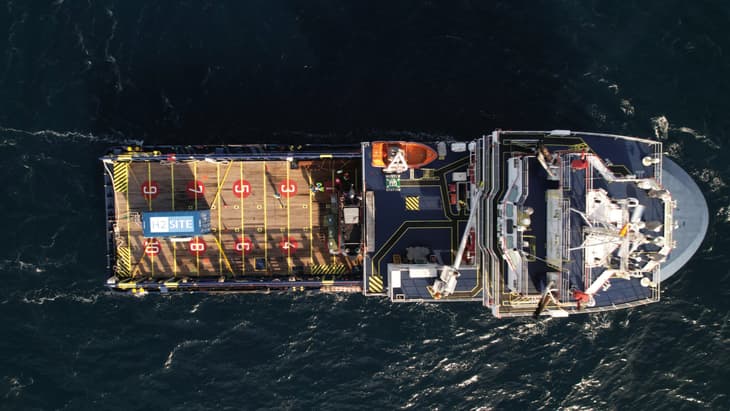Hydrogen can be produced in a sustainable way; however, it is difficult to store and transport. A compressed hydrogen road tanker using steel tube compressed gas cylinders will transport less than 0.5% of the total vehicle weight as usable hydrogen.
The benefit of converting hydrogen to derivatives such as ammonia or methanol is that these molecules are readily liquefied. This ensures they have a high volumetric energy density which enables cost effective storage and transportation. Energy losses are incurred when converting hydrogen to derivatives, but the costs incurred through these molecular conversions can be saved through simplification of the storage and distribution supply chain.
The US company AMOGY Inc. is commercialising an ammonia cracker system that can generate pure hydrogen to feed to a fuel cell to generate power. The target applications are powerful maritime engines and heavy-duty mobility on land, such as agricultural machinery and long-range trucks. Methanol is also seen as a viable hydrogen carrier for similar applications.
... to continue reading you must be subscribed





